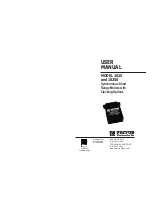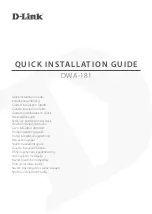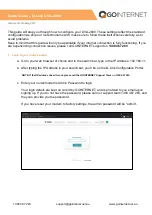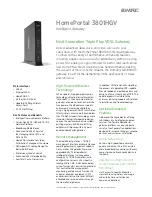
2. RipEX2-HS in detail
2.1. Functionality
There are two standard RipEX2 units with identical configurations inside RipEX2-HS. Both units are
booted, however only one is active. Some interfaces (COM, ETH1 and Radio) of the non-active unit
are disconnected.
Note
Even if Rx on inactive RipEX2 unit LED panel is blinking when the active unit is transmitting,
these packets are not received. I.e. they don’t take part in Statistic, Neighbours or Graphs.
When the active unit HW alarm output changes to “On” (e.g. when a controlled value exceeds the re-
spective threshold), the controller automatically switches interfaces (COM, ETH1, ANT–if applicable)
to the second unit and it takes over all functions. Since both units are using the same MAC addresses
(MAC cloning), there is a minimal drop-out while switching, less than 2 s.
When RipEX2 units inside RipEX2-HS are in Bridge mode, the first switch-over takes approx. 30 s. It
is because hot standby RipEX2 ARP table is clear and has to be filled with first packets (forward delay).
The next switch-over takes less than 2 s. When Operating mode is Router, even the first switch-over
takes less than 2 s. When ARP proxy in Router mode is used, switch-over time(s) is equal to that of
the Bridge mode.
2.2. Block diagram
Fig. 2.1: Block diagram
RipEX2-HS – © RACOM s.r.o.
8
RipEX2-HS in detail
Содержание RipEX2-HS
Страница 2: ......








































